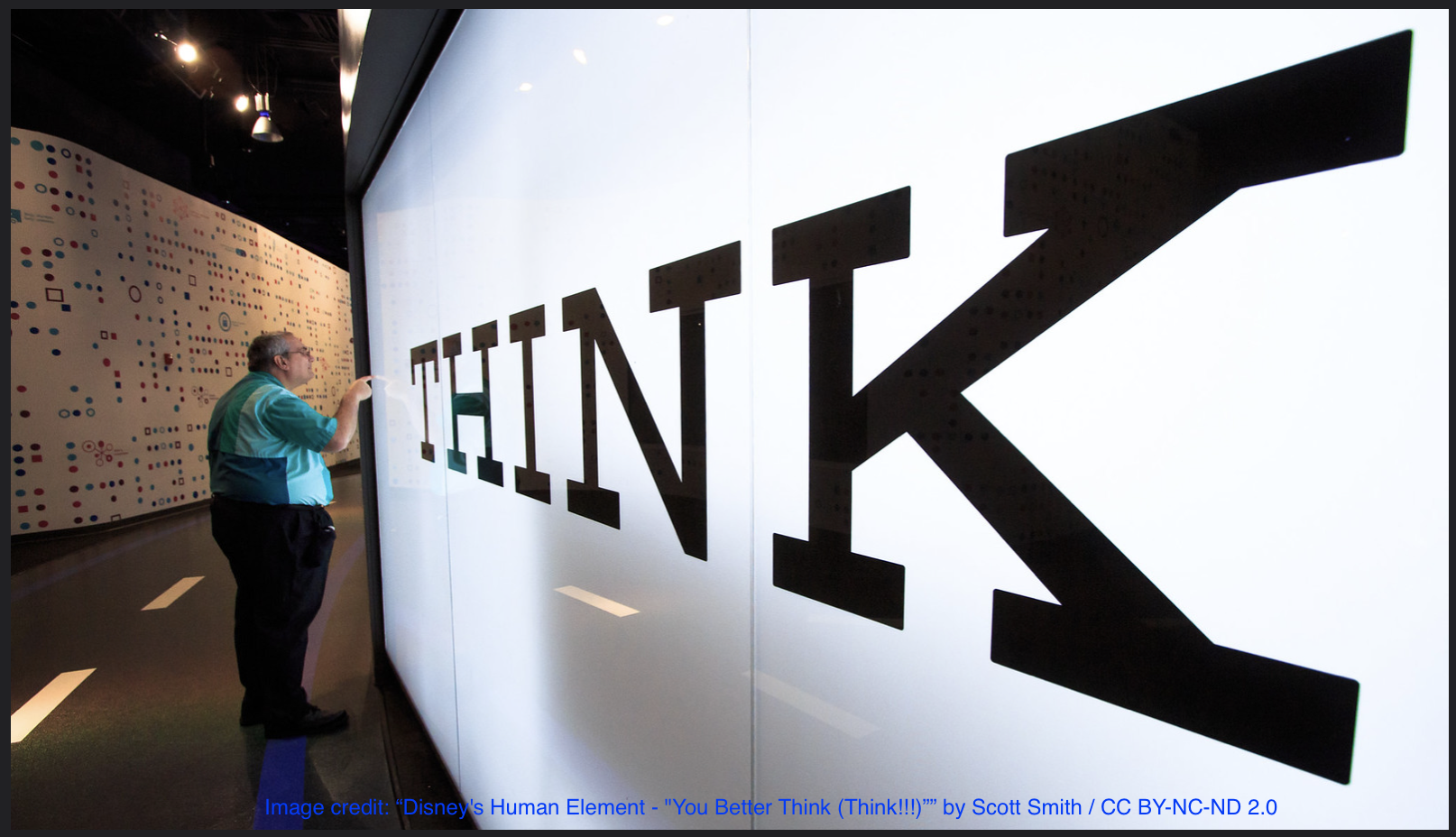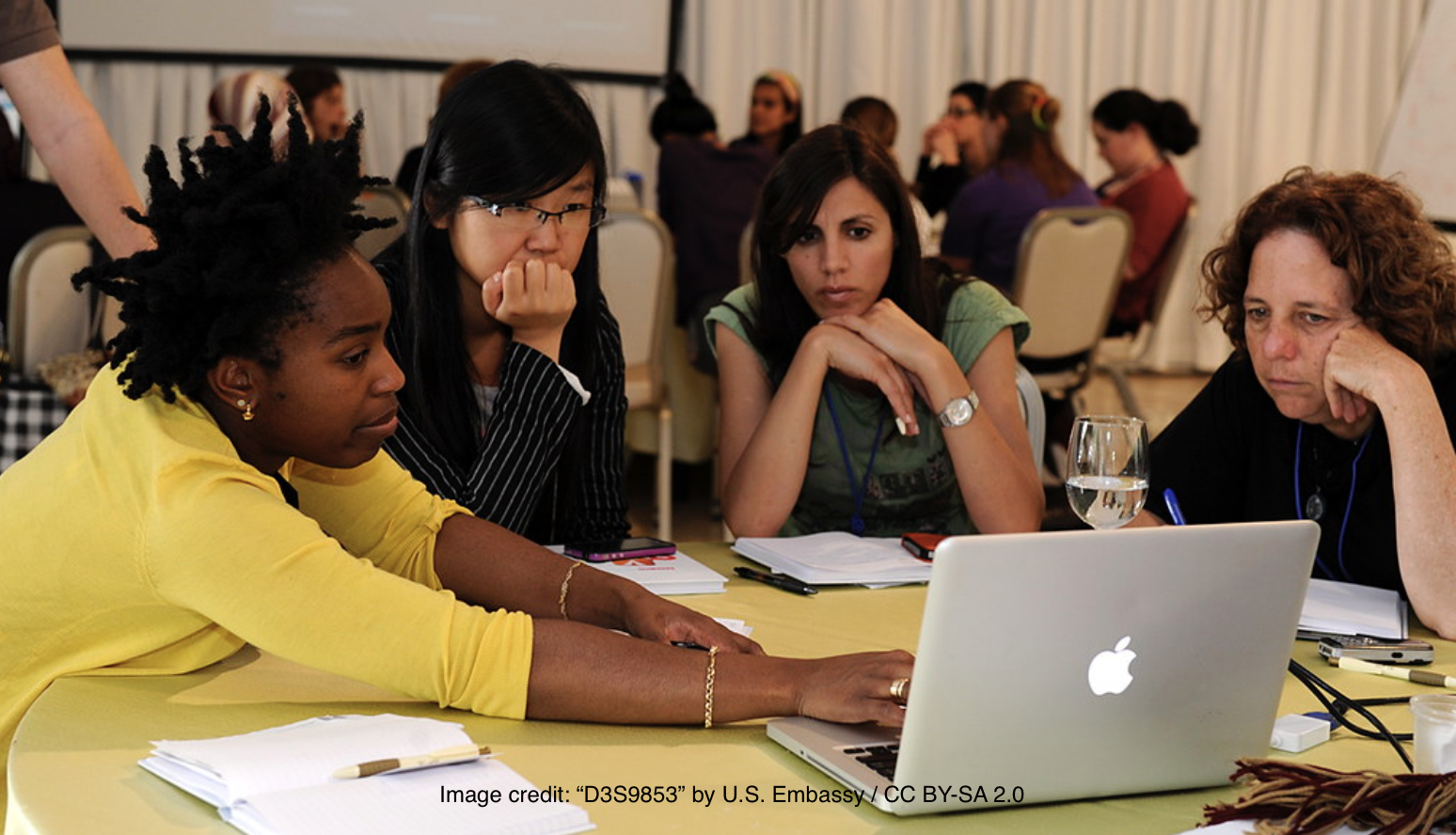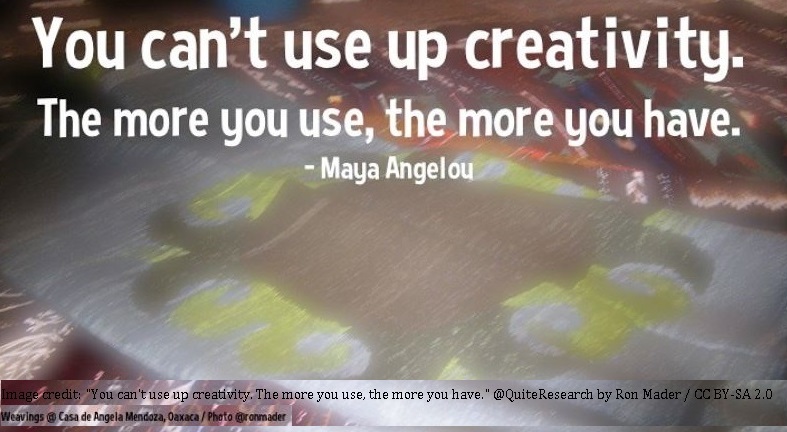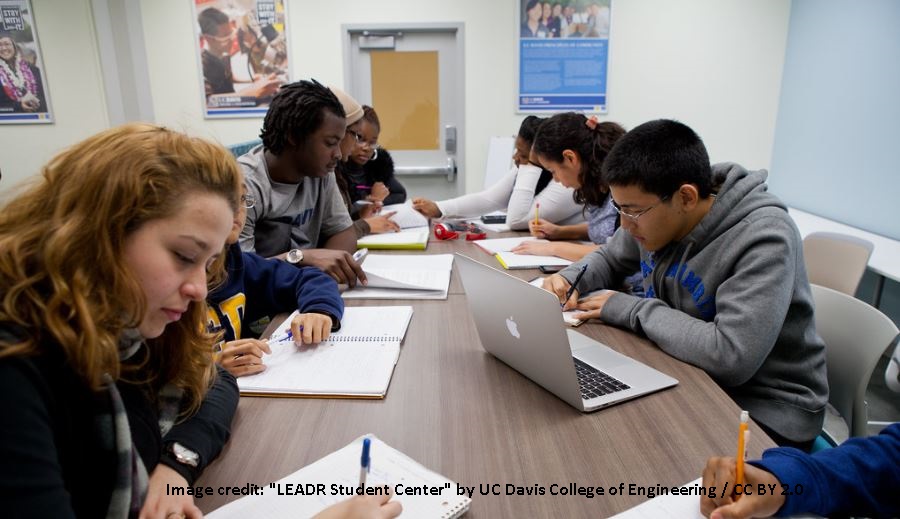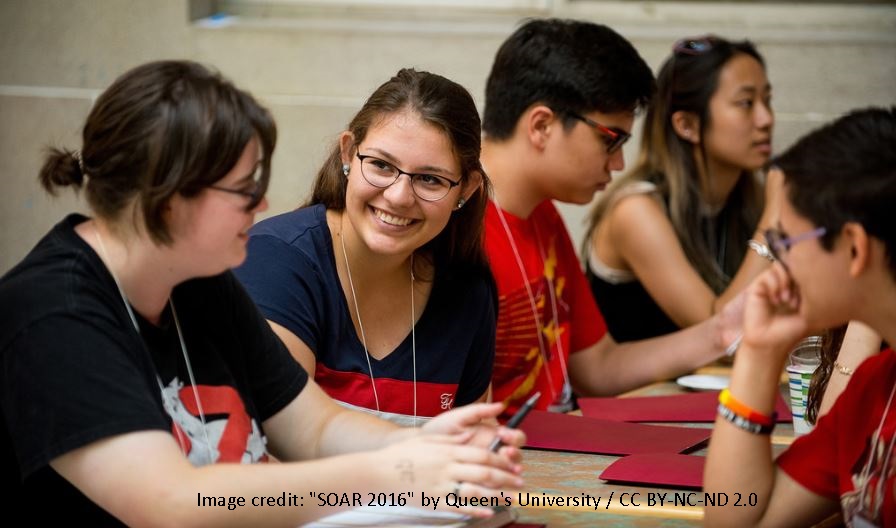Mapping higher education’s literacies of the future
Mapping higher education’s literacies of the future Patrick Blessinger, Enakshi Sengupta, and Mandla Makhanya The world continues to become increasingly defined by more complexity and uncertainty. The planet continues to become more complex as a result of advances in robotics, artificial intelligence, mixed reality, biotechnology, and genetic engineering, among other innovations. At the same time, the planet continues to become more uncertain as a result of climate change, biodiversity and oceanic degradation, the refugee crisis, extremism, and nuclear proliferation, among other global problems. The growing anxiety associated with the increased and paradoxical juxtaposition of innovation and global problems places greater urgency on educational institutions to become actively involved in addressing these concerns and issues. Although the main purpose of education is to produce learning, higher education also serves several other equally important aims, including the civic or political, economic, social, environmental and personal purposes of education. This contemporary reality raises serious humanitarian concerns [...]


